Optimal Timing for Sagging Floor Repairs
Sagging floor repairs are most effectively performed during periods of stable weather, when temperature and humidity levels are consistent. This prevents further expansion or contraction of building materials, which can impact the longevity of repairs.
Spring and fall are ideal seasons for sagging floor repairs due to moderate weather conditions that reduce the risk of material movement during repair work.
High humidity can cause wood to swell, while low humidity can lead to shrinkage. Repair timing should account for these fluctuations to ensure long-lasting fixes.
Perform repairs when the structure is fully settled and no ongoing shifts are detected, typically after major construction or settling periods.
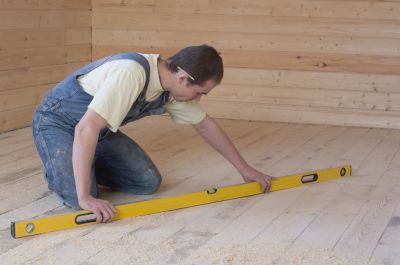
Ways to make Sagging Floor Repairs work in tight or awkward layouts.
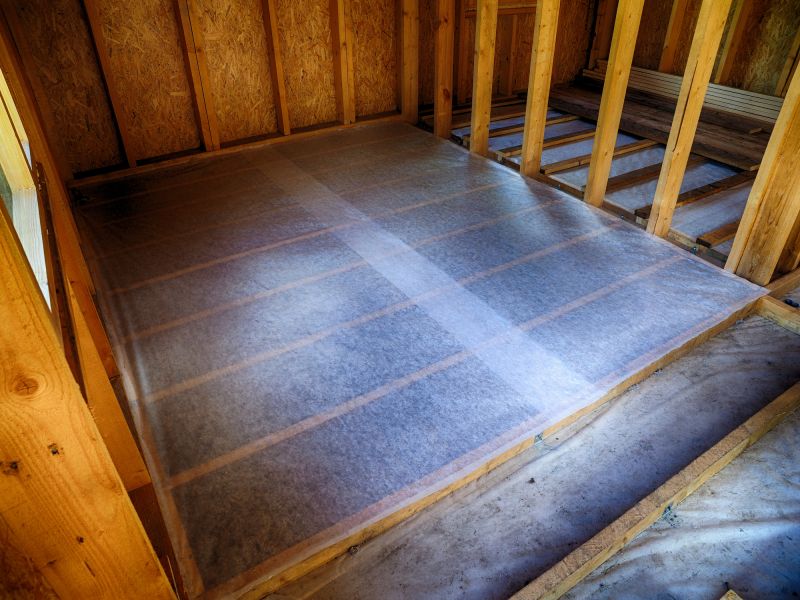
Popular materials for Sagging Floor Repairs and why they hold up over time.
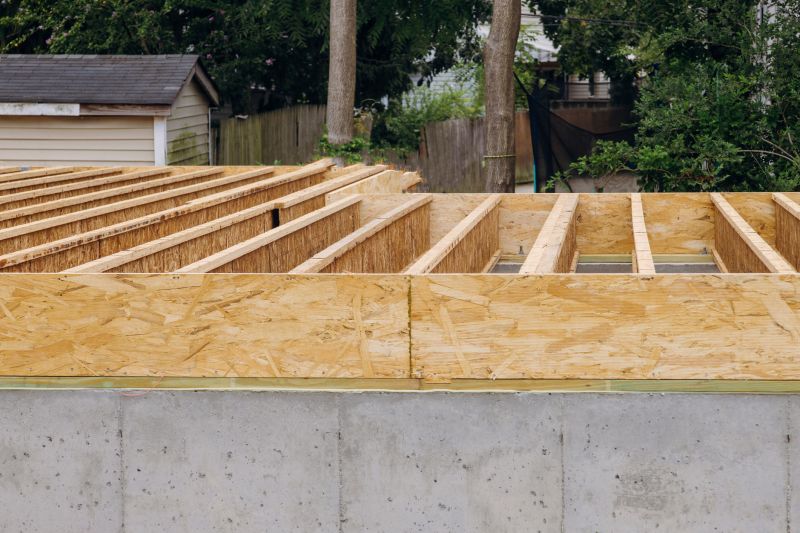
Simple add-ons that improve Sagging Floor Repairs without blowing the budget.

High-end options that actually feel worth it for Sagging Floor Repairs.
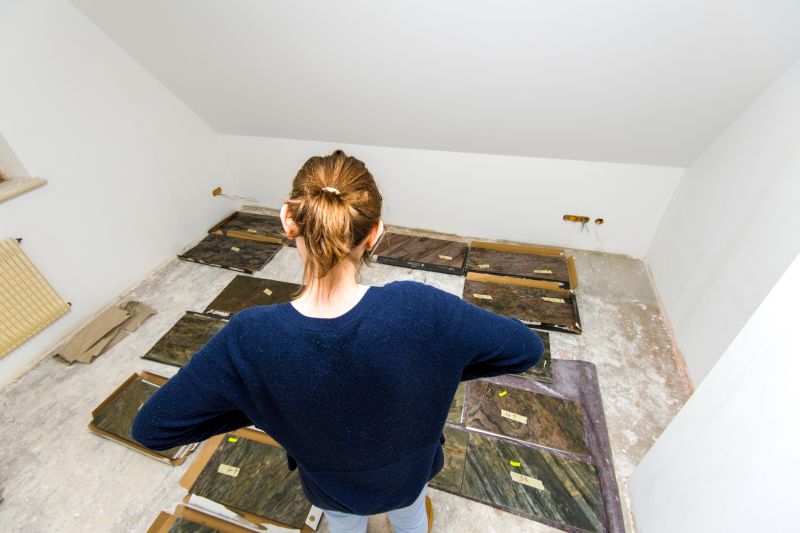
Finishes and colors that play nicely with Sagging Floor Repairs.

Little measurements that prevent headaches on Sagging Floor Repairs day.
| Factor | Best Timing Consideration |
|---|---|
| Weather Conditions | Perform repairs during stable weather, avoiding extreme heat or cold. |
| Humidity Levels | Choose periods of moderate humidity to prevent material expansion or contraction. |
| Structural Settling | Schedule after major settling or construction activities. |
| Seasonality | Spring and fall are optimal for consistent environmental conditions. |
| Material Stability | Ensure materials are not exposed to moisture or temperature extremes during repairs. |
Sagging floors can result from various issues, including foundation settlement, joist decay, or moisture damage. Addressing these problems promptly can prevent further structural deterioration. Repair strategies often involve reinforcing or replacing compromised joists, adding support beams, or addressing underlying foundation issues. Statistics indicate that untreated sagging floors can lead to increased safety risks and higher repair costs over time, emphasizing the importance of timely intervention.
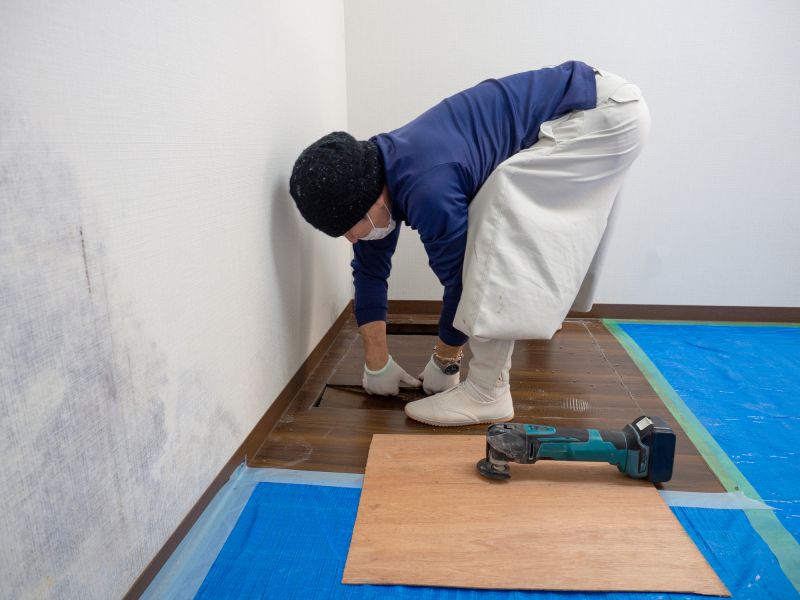
A 60-second routine that keeps Sagging Floor Repairs looking new.
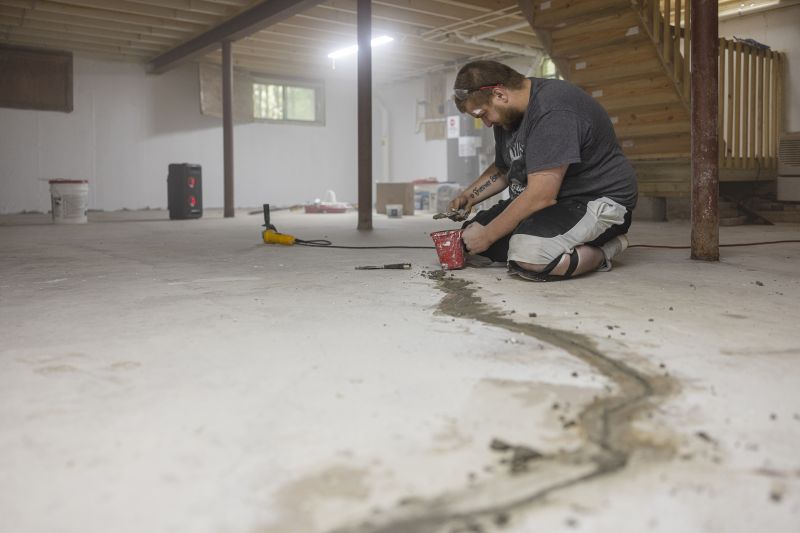
A frequent mistake in Sagging Floor Repairs and how to dodge it.
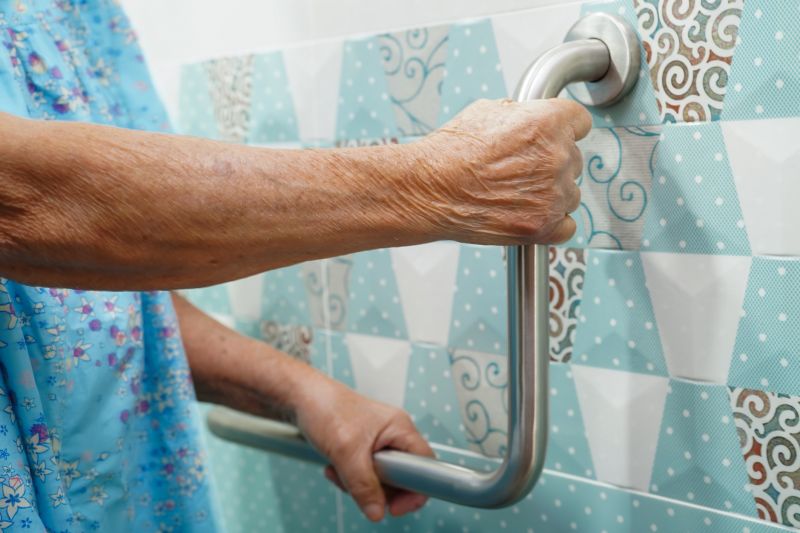
Small tweaks to make Sagging Floor Repairs safer and easier to use.

Lower-waste or water-saving choices for Sagging Floor Repairs.

The short, realistic tool list for quality Sagging Floor Repairs.
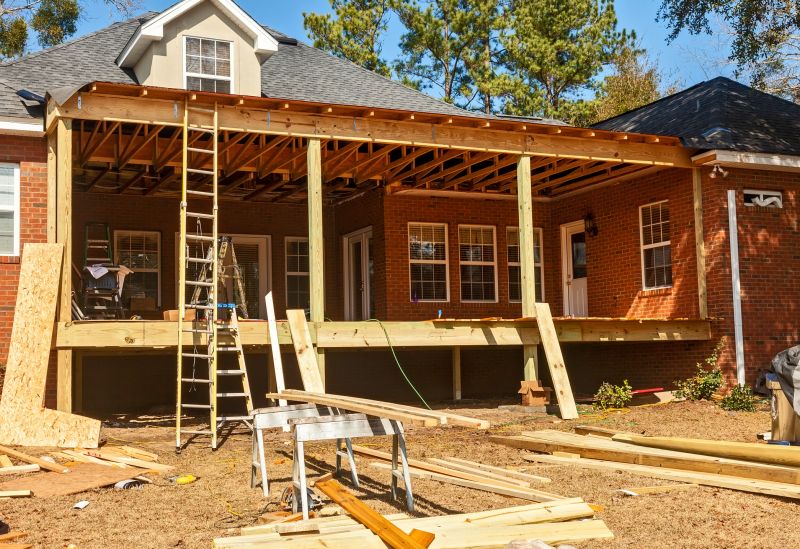
Rough timing from prep to clean-up for Sagging Floor Repairs.
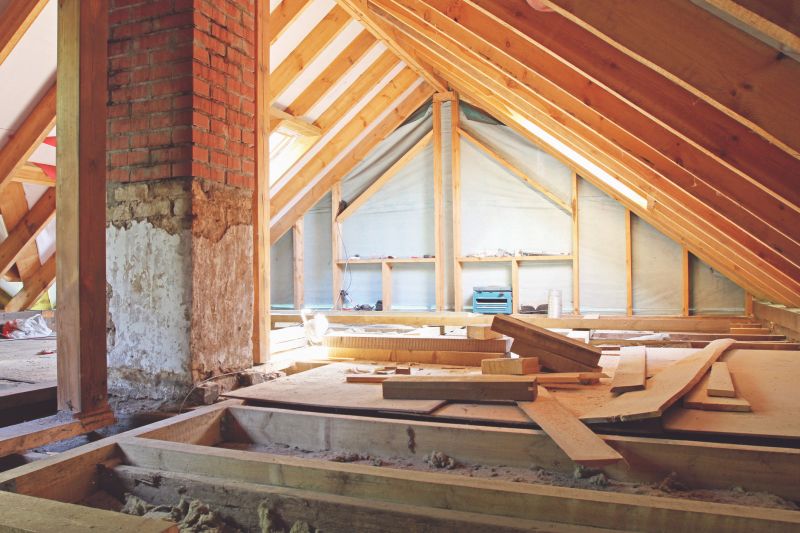
Quick checks and paperwork to keep after Sagging Floor Repairs.

Examples that show the impact a good Sagging Floor Repairs can make.
Interested in sagging floor repairs? Filling out the contact form provides an opportunity to discuss specific needs and schedule an assessment. Timely repairs can help maintain structural integrity and safety.
